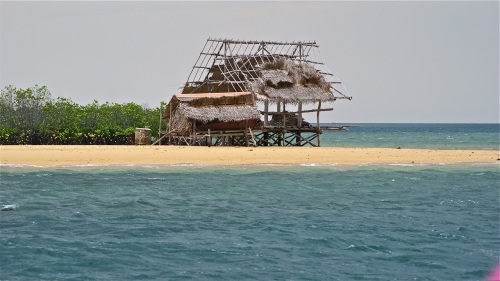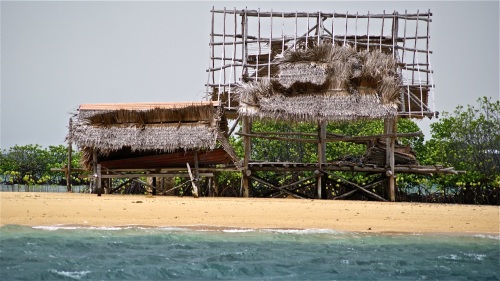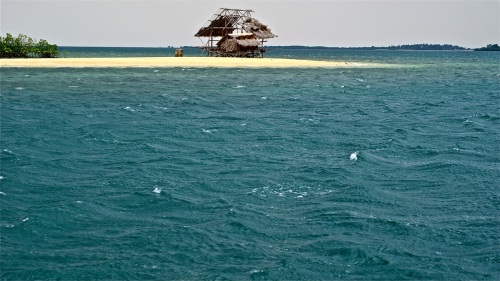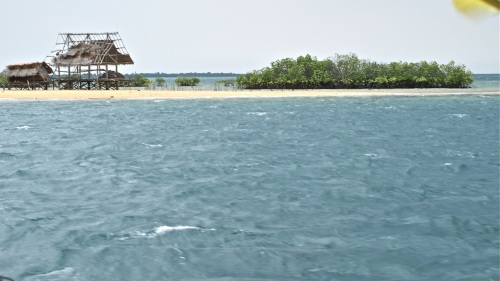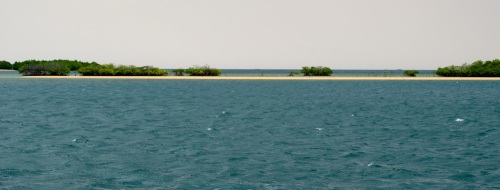That’s supposed to be done at Twitter speed. Twitter, of course, is instantaneous. Twitter messages are limited in size to 140 characters. That makes the post that is created from the message small.
I’m not going that far yet. Instead, I’ll do this. I’ll post this on my first attempt. That’ll curb my tendency to perfectionism.
Serendipity
Serendipity is when someone finds something that they weren’t expecting to find.
My serendipitous moments were all good. At Manila’s airport, as I was making my way to the fresh fruit stand, to buy some freshly-prepared juice, I heard my name–my entire name!–being spoken. Hearing your name triggers something in your mind that monitors the subconscious. Hearing your name elevates that channel in your consciousness. Suddenly you turn the focus of your attention to the message that follows your name. Just like that, you’ve picked it out of background chatter.
That all occurred as I was messaging–exchanging texts–with my sister. I held up my hand to indicate I heard my name. Then I lifted my gaze to the eyes of my classmate who gave me a single clue: an identification number. Since it began with 74, I knew it was someone from that memorable year of transition between high school and college.
For me, it was coming to Palawan for the first time. I spent summer of 1974, that memorable year–all two months of it–in Palawan. Nineteen seventy four was the year I began my freshman block class at the University of the Philippines (U.P.) in Diliman, Quezon City. My classmate’s memory was impressive. He uttered his student number. I don’t remember mine but fortunately, I remembered him.
He was one of the barkada.
A barkada is a cultural, purely-Filipino concept of friendship. It can be close or loose. It can be with good company or bad. For the barkada I have in mind, think of six young men pooled into this class of college freshmen. U.P. was trying to improve the educational experience, I suppose. We were from several first-tier high schools in the city of Manila and the provinces. Four city schools were represented:
- La Salle Greenhills (me)
- Ateneo (Boy)
- San Beda (Robbie)
- Letran (Gerry)
Two were provincial schools:
- La Salle Lipa (Ting)
- alas, I can’t recall what Chito‘s school’s name is. It’s in San Fernando or Angeles, Pampanga.
Barkada-type relationships are based on shared experiences. College barkada is the basis of many deep Filipino friendships.
Ting and I were classmates at the University of the Philippines, Diliman. We were blockmates in fact. I recall that we were the first batch of incoming freshmen that were “blocked.” We were classmates in all the major courses so we were herded together and organized. I didn’t mind. Lol.
Honda Bay
What we did yesterday was do the Honda Bay tour. This is a staple of any visit to Puerto Princesa. I experienced the standard version that tourists experience.
The city of Puerto Princesa is outgrowing its peninsula. Honda Bay is the next-door neighbor of this peninsula. Honda Bay is a bay with a shallow curve. There are more than 20 islands in the bay according to the boatman I asked.
There is a Starfish island as well as a Snake island but you can’t assume some commonality from their names. Starfish island has a population of starfish but Snake island was named because of its shape from the air. Supposedly, according to the boatmen.
Honda Bay is about experiencing island life in small takes. The environment is pristine. There was no pollution visible anywhere. The locals were trained. More important they were being led competently.
Anupo island
The boatman said this with tongue-in-cheek. Anu po means “what-is” in Pilipino. So this island, he was telling me, is called “what-is” island, as in “what is it?”
I mean, look at it.
It looked like a large hut made of nipa, but there was something too “airy” about the structure. Why can I see through it?
I requested our boatmen to steer us closer.
This is the story according to our boatman. More than one individual lives in this hut. This hut is for the caretakers. The island’s owner is taking the correct way to manage his property. He is actively involved. These islands are sandbars. Most of the ones we saw (and we saw five islands at close range) were large and had enough soil (as opposed to just sand) to support vegetation. Some were skimpier. Anupo island, shown again below, is a baby island.
If you’ve ever been to Honda Bay, do you remember seeing this?
To work there as a caretaker, how should you prepare? You’ve got to bring in your supplies; everything from food to water to blankets. It’s a rugged outpost.
Anupo island, is near the other islands that make up the tour. The islands are near each other.
We had an enjoyable time. Let me tell you about lunch in the next post.



